When you’re out exploring the great outdoors, coming across a wild animal can be one of the most thrilling experiences. Whether you’re hiking through a dense forest or camping under the stars, the U.S. is home to a diverse array of wildlife. But which states are the hotspots for these wild encounters? Here’s a list of 13 states where you’re most likely to meet a wild animal in its natural habitat.
1. Alaska
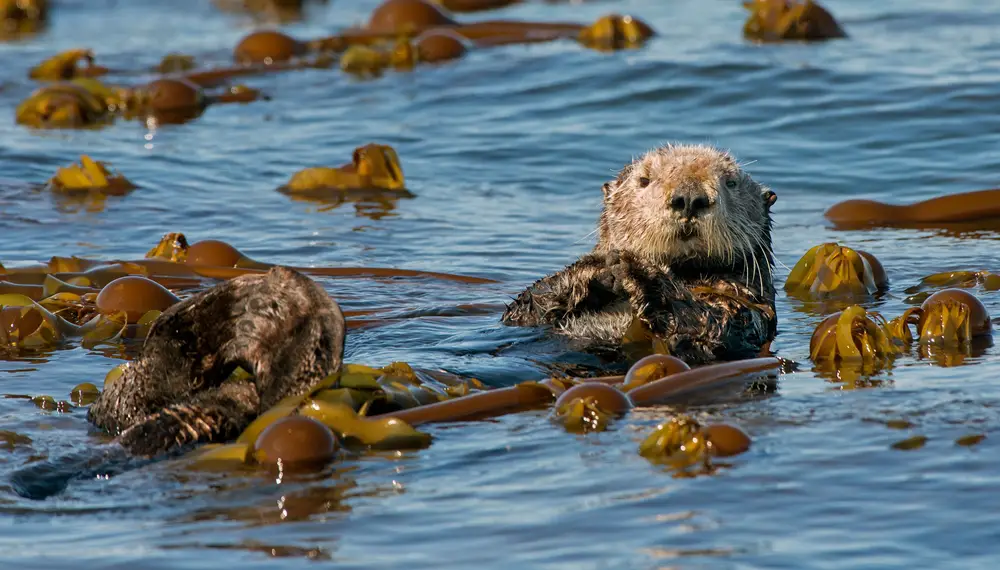
Alaska is the land where wild animals roam free, and with its vast, untouched wilderness, it’s no wonder you might run into a moose or a bear here. The state boasts the largest population of brown bears in the United States, and they can be seen fishing for salmon in rivers or foraging in the forest. If you’re venturing into Denali National Park or along the Kenai Peninsula, keep your eyes peeled. Wildlife biologist Dr. John Morton notes that the remote areas of Alaska are so rich in wildlife because of their undisturbed habitats and abundant resources. While it’s a breathtaking experience, encountering a wild animal in Alaska requires respect and caution.
In addition to bears, Alaska is also home to wolves, caribou, and Dall sheep. These animals thrive in the state’s diverse ecosystems, from mountainous terrains to coastal regions. Birdwatchers might be in luck, too, as bald eagles are a common sight soaring overhead. While it’s fascinating to observe these creatures, always remember to keep a safe distance and never feed them. Alaska’s wildlife is an integral part of its natural charm, and preserving it is crucial for future generations.
2. Montana
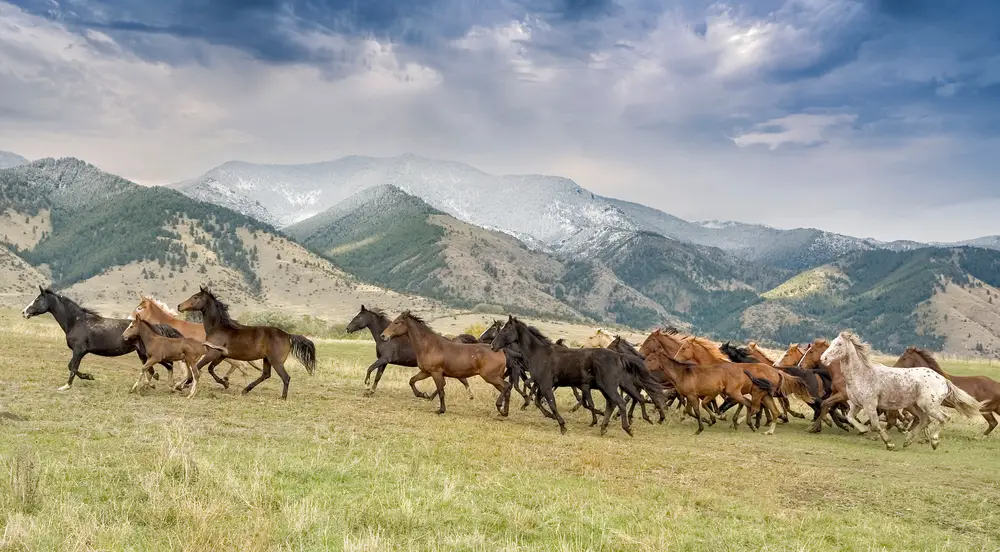
Montana, famed for its rugged landscapes and national parks, is another state where wildlife is abundant. If you’re hiking through the stunning Glacier National Park, you could encounter anything from grizzly bears to mountain goats. The state’s wide-open spaces and public lands provide excellent habitats for large mammals like elk and bison. Whether you’re exploring the forests or the plains, keep your camera ready and your senses alert. Wildlife here is not just a part of the scenery; it’s a vital part of the ecosystem.
In Montana, you might also spot wolves, especially in areas close to Yellowstone National Park, where conservation efforts have helped their populations thrive. Bird enthusiasts will be thrilled with the variety of species, including peregrine falcons and sandhill cranes. The state’s wilderness is a backdrop for these animals’ daily dramas, and observing them in their natural habitat is a rare privilege. Just be mindful of your surroundings and follow park guidelines to ensure your safety and the animals’. Montana’s wildlife is a treasure worth preserving and respecting.
3. Wyoming
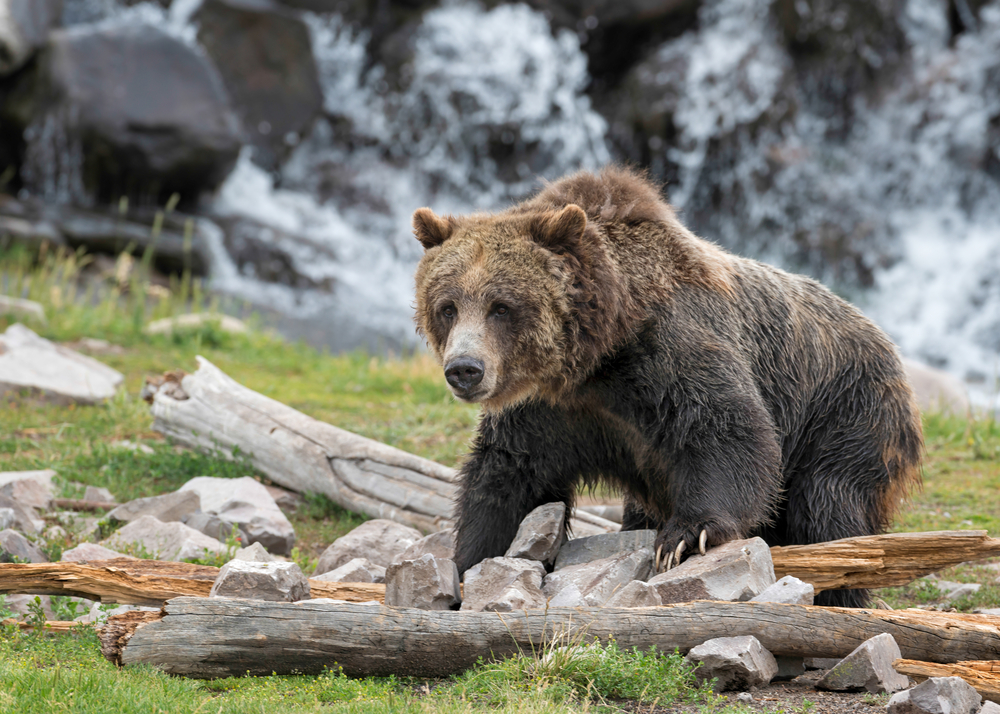
Wyoming is synonymous with the wild, thanks largely to the iconic Yellowstone National Park. The park is a sanctuary for numerous species, including bison, which roam the plains in massive herds. Ecologist Dr. Jane Doe highlights that Yellowstone’s geothermal features create unique habitats that support a diverse range of wildlife. When visiting, you may be fortunate enough to witness a wolf pack on the prowl or see elk grazing in the meadows. These encounters with nature are a reminder of the park’s vibrant ecosystem.
Apart from Yellowstone, the Wind River Range is another hotspot for wildlife in Wyoming. Here, you’ll find animals like moose and black bears, especially near water sources. The state’s diverse landscape, from snow-capped peaks to expansive grasslands, provides habitats for a myriad of species. Birdwatchers can enjoy sights of raptors and other birds of prey soaring through the sky. Always remember, enjoying Wyoming’s wildlife is about observing without interfering, ensuring these creatures continue to thrive unperturbed.
4. Colorado
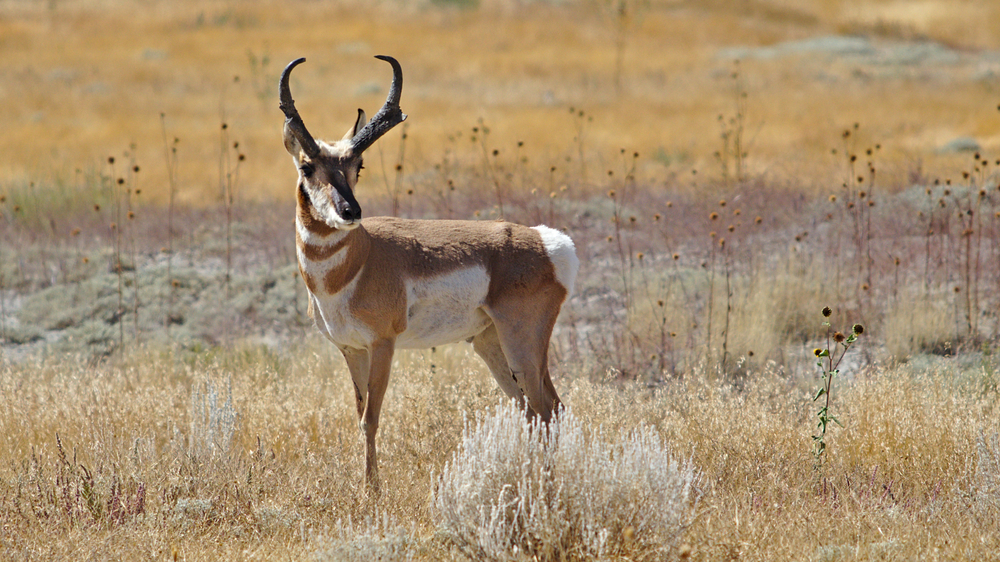
In Colorado, the Rocky Mountains set the stage for an array of wildlife encounters. From bighorn sheep perched on cliff faces to black bears wandering the forests, this state offers some unforgettable experiences. If you’re hiking in Rocky Mountain National Park, keep an eye out for elk herds, particularly during the fall rutting season. The high-altitude environment is home to hardy creatures like mountain goats, which navigate the rocky terrain with ease. Wildlife in Colorado is as varied as the landscapes, offering something for every nature enthusiast.
The state is also home to smaller creatures, including marmots and pika, which can often be seen scurrying among the mountain rocks. Birdwatchers can delight in spotting a wide variety of species, from majestic eagles to vibrant hummingbirds. Colorado’s commitment to conservation helps maintain these populations, making it a prime location for observing wildlife. However, it’s important to respect these animals and their habitats, keeping a safe distance at all times. Colorado’s wild residents are a testament to the state’s natural beauty and ecological significance.
5. Washington
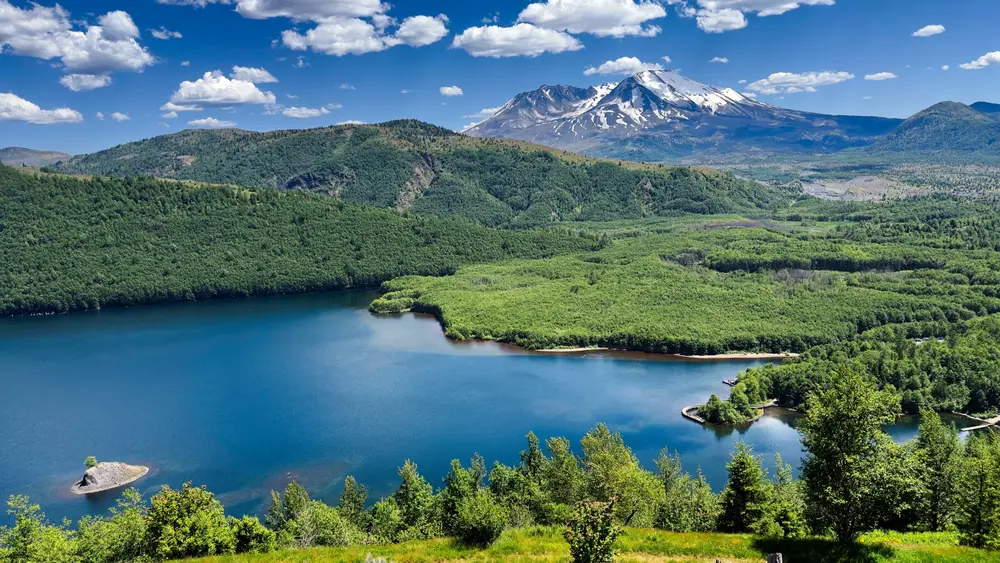
Washington State, with its lush forests and mountainous regions, is a wildlife haven. The Olympic Peninsula is home to a diverse range of animals, including the elusive Roosevelt elk, which is the largest of its kind. According to wildlife expert Dr. Emily Smith, the varied landscapes of Washington provide critical habitats for many species, making it a biodiversity hotspot. In the state’s national parks, you might encounter black bears, bobcats, and even the occasional cougar. These animals are a crucial part of Washington’s natural heritage.
Washington’s coastal regions are equally impressive, with a wealth of marine life ranging from sea otters to orcas. Birdwatchers can enjoy the state’s diverse avian populations, including the iconic bald eagle. The state’s commitment to preserving its natural environments ensures that these species can continue to thrive. While exploring, adhere to all safety guidelines to protect yourself and the wildlife. Washington offers a unique blend of land and sea wildlife experiences, making it a must-visit for nature lovers.
6. Idaho

Idaho’s wilderness areas, like the Frank Church River of No Return Wilderness, are teeming with wildlife. This state is a hidden gem for those looking to experience the natural world away from the crowds. Moose, wolves, and mountain lions are just a few of the animals that call this state home. The diverse habitats, from dense forests to high deserts, allow a wide variety of species to thrive. Whether you’re hiking or camping, Idaho offers a chance to see wildlife in its most natural state.
The state’s rivers and lakes are also alive with creatures, including beavers and a variety of fish species. Birdwatchers will find plenty to keep them occupied, with species ranging from owls to hawks. Idaho’s commitment to conservation is evident in its numerous protected areas, which offer refuge to many species. When visiting, be sure to respect these habitats and follow all safety guidelines. Idaho’s wild residents are an essential part of its charm, offering a glimpse into the untamed beauty of the natural world.
7. Maine
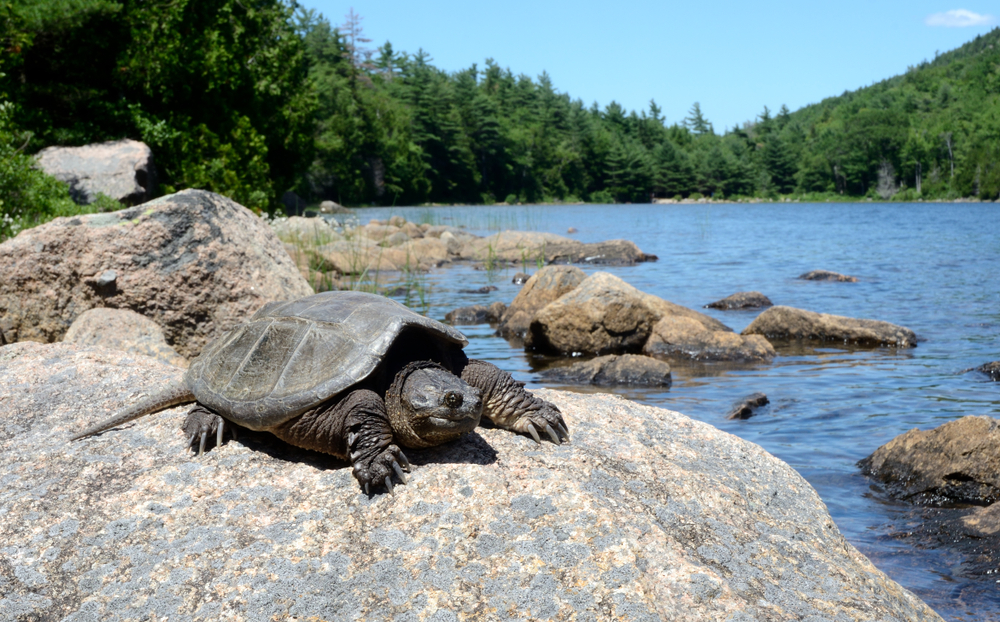
Maine’s dense forests and rugged coastline make it a prime location for wildlife enthusiasts. Moose are perhaps the most iconic animals here, and you’re likely to spot them in the northern parts of the state. According to wildlife biologist Dr. Linda Green, Maine’s boreal forests and wetlands provide ideal habitats for moose and other large mammals. You might also encounter black bears and white-tailed deer as you explore Maine’s natural landscapes. These animals are integral to the state’s wilderness experience.
The coastal areas of Maine offer unique wildlife encounters as well, with seals and various seabirds making their home along the shorelines. Puffins, in particular, are a major draw for birdwatchers visiting the state. The state’s efforts in conservation and habitat protection have been crucial in maintaining these populations. When observing wildlife in Maine, always keep a respectful distance and avoid disturbing their natural behaviors. Maine’s wildlife is a testament to its rich natural heritage, offering visitors a chance to connect with nature on a deeper level.
8. Florida

Florida’s diverse ecosystems, from the Everglades to coastal mangroves, support a wide range of wildlife. The state is famous for its alligators, and a visit to the Everglades offers plenty of opportunities to see these prehistoric creatures in action. Apart from alligators, the state is home to unique species like the Florida panther and manatee. Birdwatchers will find the wetlands teeming with herons, egrets, and roseate spoonbills. Florida’s wildlife is as diverse as its landscapes, offering something for everyone.
In addition to its land wildlife, Florida’s coastal waters are rich with marine life. Dolphins, sea turtles, and a myriad of fish species inhabit the waters around the Florida Keys. Conservation efforts have been instrumental in protecting these species and their habitats. While exploring Florida’s wild areas, it’s essential to follow all safety guidelines and respect the natural environment. Florida’s animal residents are a vital part of its ecosystem, and observing them in their natural habitat is a unique and rewarding experience.
9. Arizona
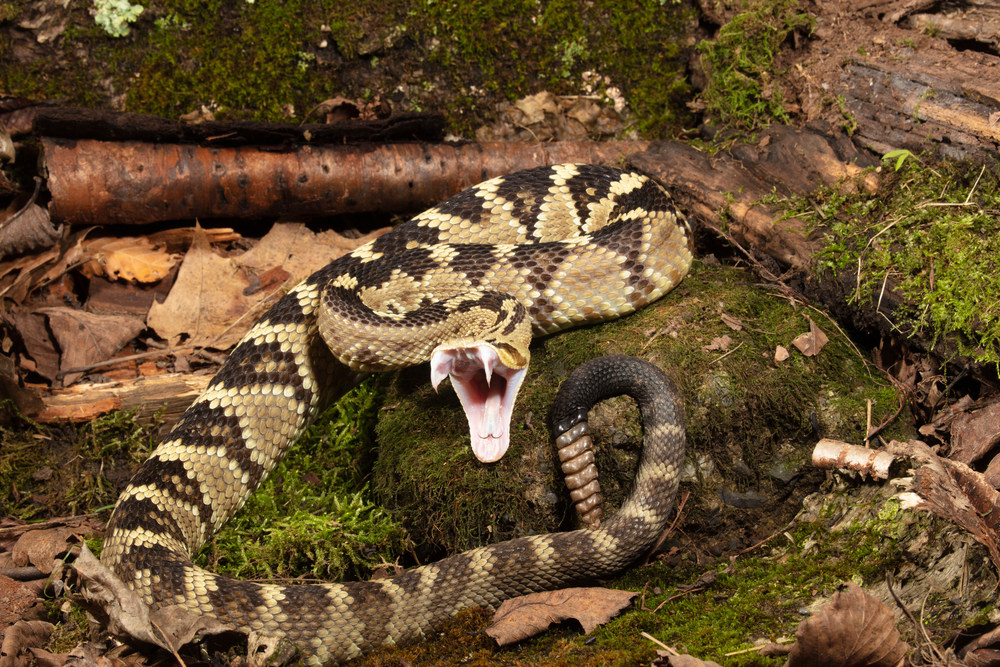
Arizona’s arid deserts and rugged mountains are home to a surprising array of wildlife. The state’s famous saguaro cactus landscapes are inhabited by creatures like the Gila monster, javelinas, and desert bighorn sheep. If you’re exploring the Grand Canyon or the Sonoran Desert, you might catch a glimpse of these fascinating animals. Arizona’s diverse climates create distinct habitats that support a wide variety of species. Each encounter offers a unique insight into the resilience of desert wildlife.
In addition to its desert-dwellers, Arizona’s high-altitude areas host species like elk and black bears. Bird enthusiasts will appreciate the state’s diverse avian life, including road runners and various species of hawks. Arizona’s commitment to conservation and habitat protection plays a crucial role in preserving these species. When visiting, respect the wildlife and follow all guidelines to ensure a safe and enjoyable experience. Arizona’s wildlife offers a unique perspective on the adaptability of nature in harsh environments.
10. California
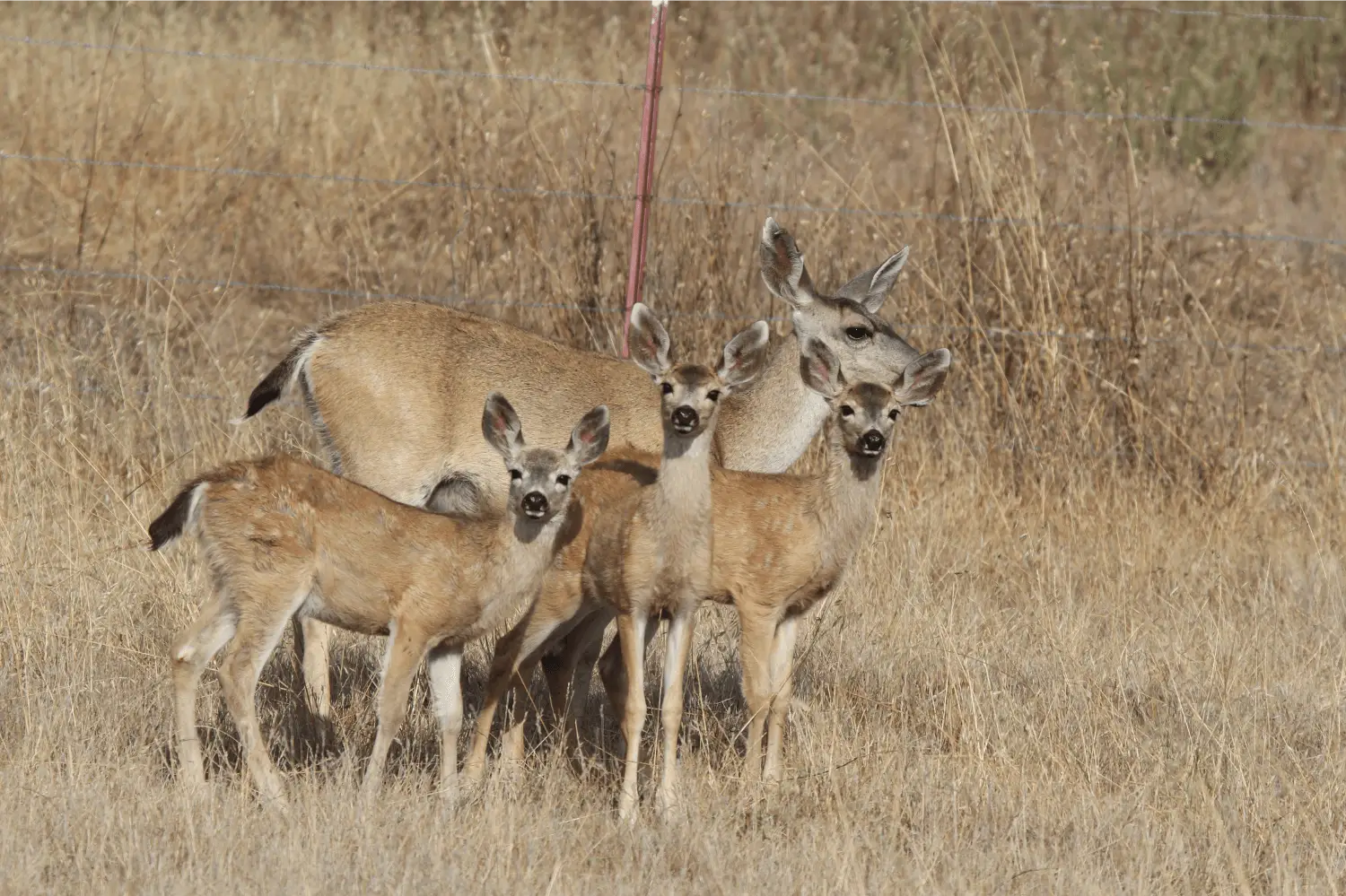
California’s varied landscapes, from coastal cliffs to towering mountain ranges, are teeming with wildlife. The state is a biodiversity hotspot, home to species like black bears, mountain lions, and the elusive California condor. Whether you’re exploring the Sierra Nevada or the Channel Islands, wildlife encounters are almost guaranteed. California’s diverse habitats, including forests, deserts, and wetlands, support a wide array of species. Each region offers its own unique wildlife experiences, making the state a must-visit for nature enthusiasts.
Along the coast, marine life thrives, with sea lions, seals, and otters drawing crowds at sites like Monterey Bay. Birdwatchers can enjoy sightings of pelicans, eagles, and a variety of shorebirds. California’s conservation efforts have been crucial in protecting these species and their environments. When observing wildlife, always keep a respectful distance and adhere to all safety guidelines. California’s wildlife is a testament to the state’s natural beauty and ecological importance, offering countless opportunities for exploration and discovery.
11. Michigan
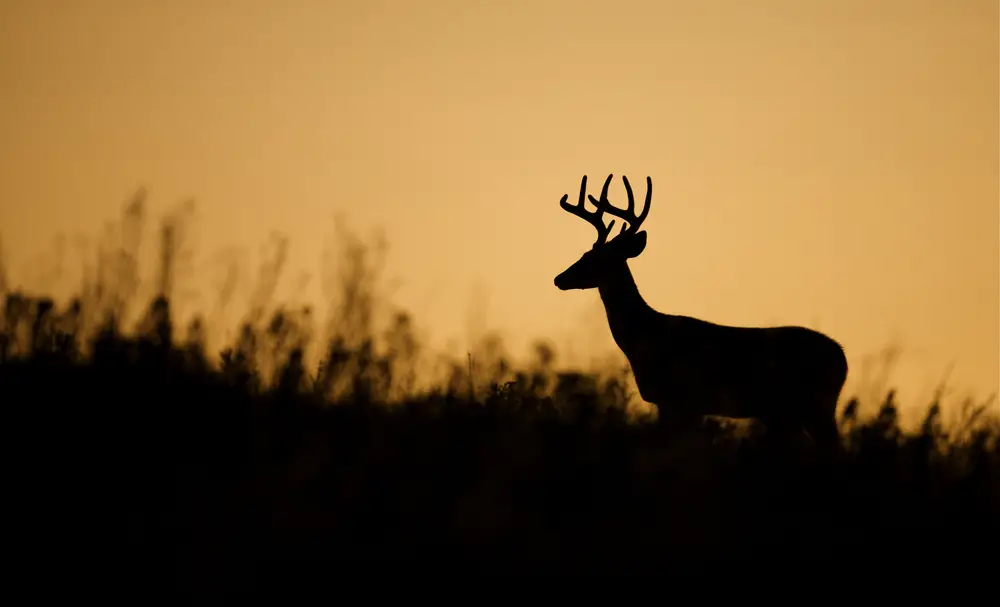
Michigan’s vast forests and numerous lakes provide habitats for a rich variety of wildlife. The state is home to species like black bears, white-tailed deer, and bobcats, which thrive in its woodlands and marshes. If you’re exploring the Upper Peninsula, you might encounter a moose or even a wolf pack. Michigan’s diverse environments, from dense forests to freshwater coastlines, support a wide range of species. Each visit offers a chance to experience the state’s natural beauty and wildlife diversity.
Birdwatchers will find Michigan a haven, with species like bald eagles, loons, and sandhill cranes frequenting the state’s waters and skies. The Great Lakes are also home to a wealth of aquatic life, including fish species like trout and salmon. Michigan’s commitment to conservation helps maintain these populations and protect their habitats. When visiting, always respect the wildlife and follow guidelines to ensure a safe experience. Michigan’s wildlife is an essential part of its natural heritage, offering visitors a chance to connect with nature.
12. Texas
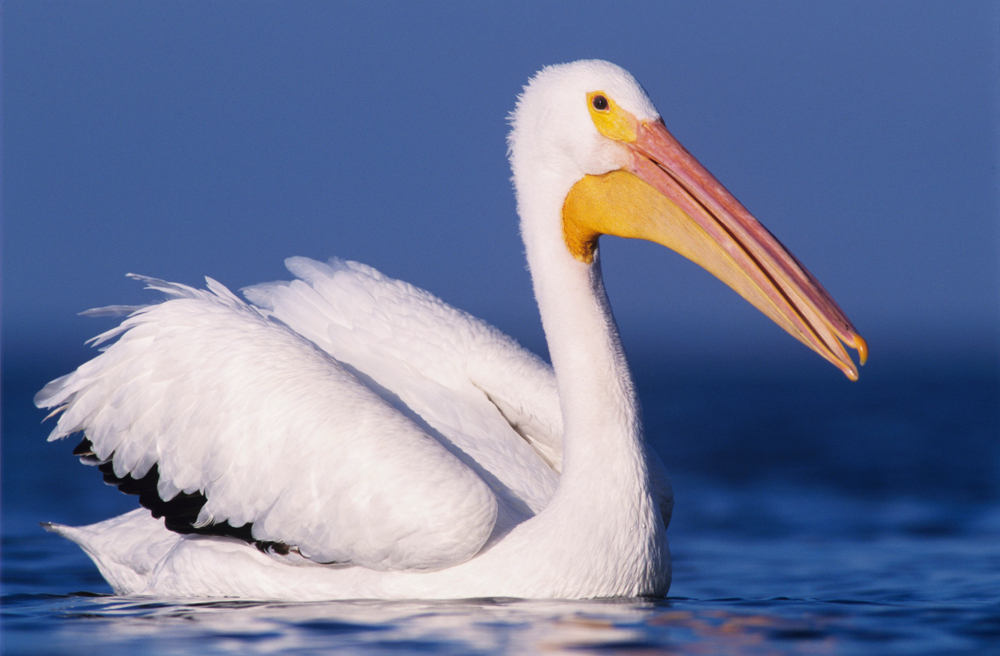
Texas, with its vast landscapes and varied ecosystems, offers numerous opportunities for wildlife encounters. The state is home to iconic species like the armadillo and the Texas horned lizard, which can be found in its deserts and grasslands. If you’re exploring Big Bend National Park, you might also see black bears and mountain lions. Texas’s diverse habitats, from coastal marshes to arid plateaus, support a wide variety of species. Each region provides unique opportunities to experience the state’s rich biodiversity.
In addition to its land wildlife, Texas’s coastal areas are teeming with marine life. Dolphins, sea turtles, and a variety of fish species inhabit the Gulf of Mexico. Birdwatchers will appreciate the state’s diverse avian life, including migratory and resident species. Texas’s commitment to conservation and habitat protection is key to preserving these species. When observing wildlife, always maintain a respectful distance and adhere to safety guidelines. Texas’ wildlife offers a unique glimpse into the state’s natural wonders and ecological significance.
13. Minnesota
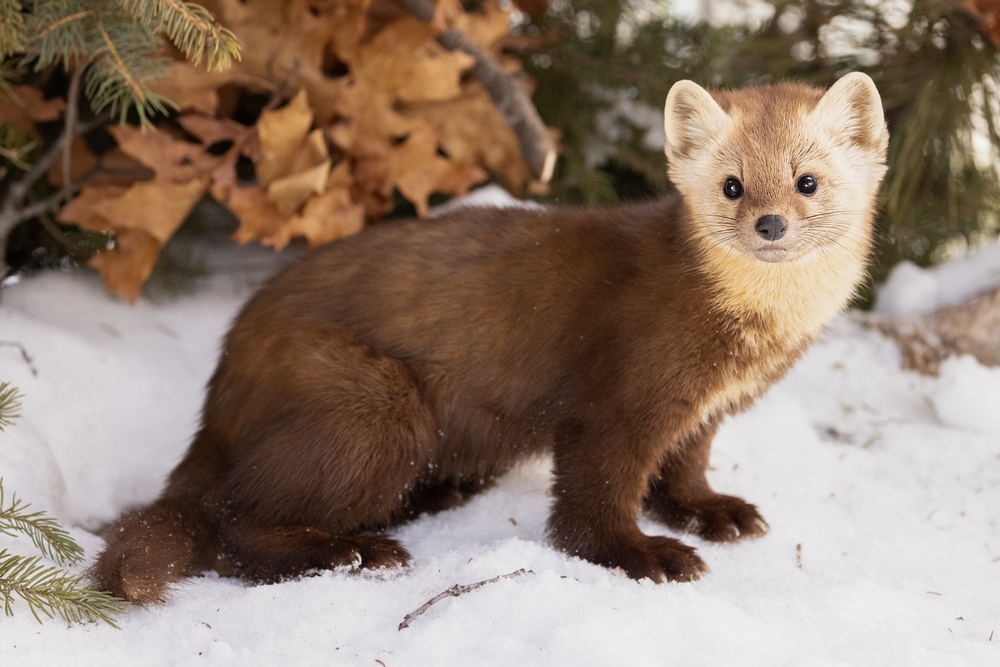
Minnesota’s dense forests and more than 10,000 lakes make it a prime spot for wildlife enthusiasts. The state is known for its healthy population of black bears, and you might also encounter white-tailed deer and wolves in the north. Birdwatchers can enjoy spotting loons, the state bird, as well as eagles and a variety of waterfowl. Minnesota’s diverse ecosystems, from prairies to woodlands, provide habitats for a wide range of species. Every visit offers a unique opportunity to experience the state’s natural beauty and wildlife.
The waters of Minnesota are alive with species like beavers and otters, while its skies are filled with migrating and resident birds. The state’s commitment to conservation helps maintain these populations and protect their habitats. When exploring, always follow safety guidelines and respect the wildlife to ensure a safe and enjoyable experience. Minnesota’s wildlife is an integral part of its natural charm, offering visitors a chance to connect with nature in meaningful ways. From the northern forests to the southern prairies, the state’s diverse wildlife is a testament to its ecological richness.
